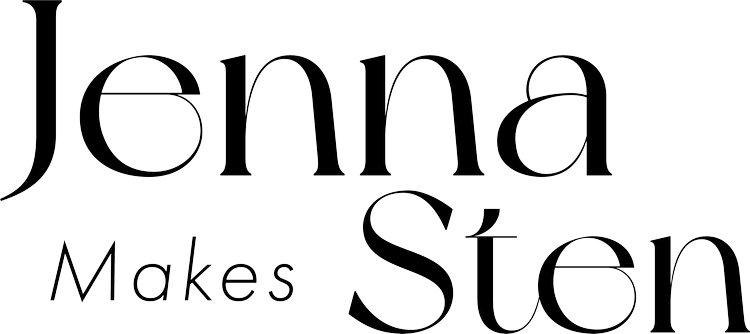Ethical Framework
Where do the botanicals come from?
I buy some of my botanicals at the supermarket (cloves, for example), but others are a little more difficult to find. As you can imagine, just like other sought after ingredients (such as coffee or chocolate) aromatics are subject to a variety of ethical concerns.
Overharvesting, and inadequate payment for the people who do the work of collecting and managing their natural sources are two of them.
For transparency, I’ve provided some information below about my sourcing. In each instance, I’ve tried to make my position in the chain of purchase as close to the original harvester as possible.
Some botanicals are certified by national or global bodies, others are harvested/grown by individuals or small businesses that self-disclose their practices.
I’ve indicated with an asterisk* below in cases where my search is ongoing.
Each new botanical is considered carefully, and I revisit this process regularly, so I remain aware of the options available to me.
If you’d like to know more please get in touch!
Base wood
Sandalwood
I use sustainably harvested Western Australian sandalwood (Santalum spicatum) as the base material in all my incense blends. Western Australia has a sandalwood regeneration plan in place that ensures the species ongoing survival, and harvesting is strictly monitored by the FPC (The Forest Products Commission).
Due to commercial demand, Indian sandalwood (Santalum album) is classed as a vulnerable species, and exports from India are prohibited.
Aromatics
Agarwood (Oud, Aloeswood, Agar)
In the wild, many species of Aquilaria trees are classed as vulnerable or endangered due to the popularity of agarwood in perfumery.
I use CITES approved spent-charge agarwood, grown in plantations in far north Queensland. Spent charge is the wood leftover after it's been through the essential oil extraction process. It's still quite fragrant even at this stage, which is great – as it means every bit can be used.
Chamomile Flowers
I source my chamomile flowers from a small organic farm in Tasmania.
Cinnamon
I use Fair Trade, sustainably harvested Ceylon Cinnamon from Sri Lanka.
Frankincense Resin
I source frankincense from a Canadian supplier who travelled to North Eastern Kenya to establish a direct-buying relationship with the women of the Samburu tribe. This relationship greatly shortens the chain of purchase, and ensures they receive a higher price for the resin they harvest.
Frankincense is one of the most popular resins in the world, and comes from countries that have previously been colonised (India, Yemen, and Kenya, Somalia and many other African countries). This is important to know, because the people harvesting the resin are likely local to the area; not paying them fairly for their work is harmful on principle, but also furthers the harm of colonisation.
Frankincense Essential Oil (Artisan Distilled)
I source my frankincense essential oil from a small distiller based in Canada. The frankincense resin used to make this essential oil has been carefully sourced from a Co-op in Somalia.
Oak Moss
I source this from an individual in France who has oak trees on their property, and from an Australian business that sources their supply from an individual in the US. Both harvesters only collect the moss when it’s been knocked down in high-winds and storms.
Vetiver Essential Oil
The vetiver essential oil I use has been sourced from Haiti via the Well Earth program.
Ylang Ylang Essential Oil
The ylang ylang essential oil I use has been sourced from Madagascar via the Well Earth program.
Materials I haven’t been able to source as above:
*Black Storax
I’m continuing to look for a sustainable or fairly traded source of this resin. My current supply is from Turkey, via a Germany company.
*Orris Root
This is a farmed plant. I’m continuing to look for a fairly traded or Australian (local) source of this root. My current supply is from Bulgaria, via an Australian company.
*Other Essential Oils
In general, access to sustainably harvested, fairly traded or locally produced essential oils is limited. Excluding the vetiver, ylang ylang, and frankincense listed above, I’m using one other essential oil in my blends. My current supply comes from Canadian spruce trees via an Australian company.

